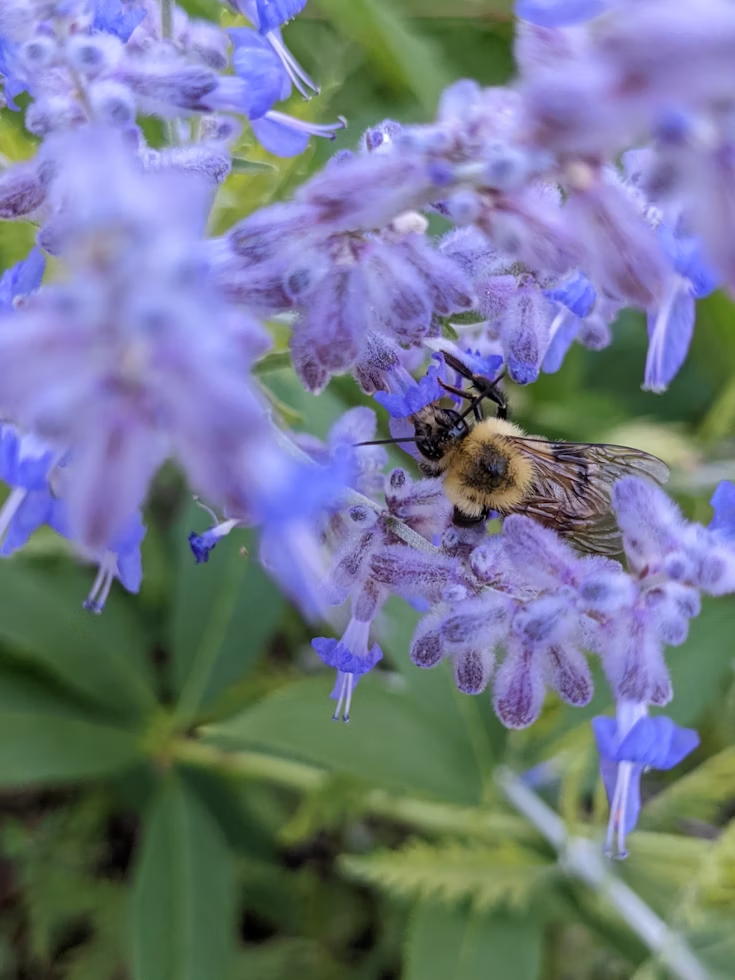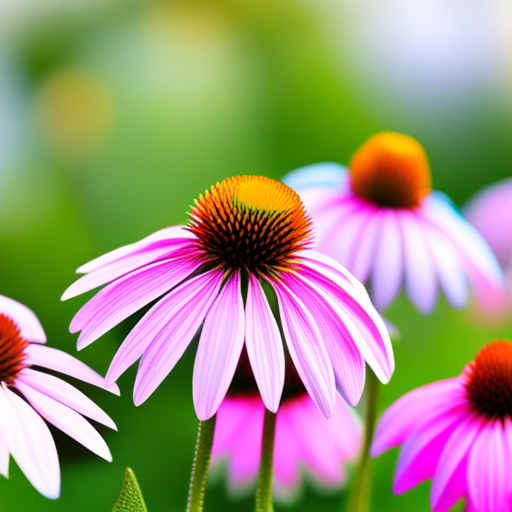
Perennial flowers bring lasting beauty to gardens year after year, and fall is the perfect season to plant them. Cooler temperatures and softer soil make planting easier while giving roots time to establish before winter sets in. By choosing hardy perennials that thrive in autumn, you set your garden up for vibrant spring and summer blooms. Below you’ll find the top 10 fall perennials to plant along with tips on soil preparation, light, water, fertilizer, and overwintering care.
Why Plant Perennials in Fall?
Planting perennials in fall gives them a head start. The soil is still warm enough to encourage root growth, but the cooler air helps reduce transplant stress. Since perennials return each year, you want strong root systems that can handle cold winters. Planting in fall also helps you take advantage of autumn rainfall, which makes watering easier.
Soil Preparation for Fall Perennials
Healthy soil is the foundation of thriving perennials. Start by loosening the soil to a depth of 12 to 15 inches. Mix in compost, aged manure, or peat moss to improve drainage and boost fertility. Avoid heavy clay soil without amending it, since roots need good air circulation. For sandy soil, add organic matter to help it retain moisture. A balanced soil pH between 6.0 and 7.0 works well for most perennials. This soil meter is perfect for monitoring pH, nutrient and moisture levels.
Light, Water, and Fertilizer Needs

Each perennial has specific preferences, but most fall-planted varieties need at least six hours of sunlight daily. When planting, water deeply to help roots settle in. Afterward, keep soil evenly moist but not soggy until frost. Fertilize lightly with a slow-release balanced fertilizer, as too much nitrogen late in the season can encourage tender growth that won’t survive winter.
How to Overwinter Fall Perennials
Once cold weather arrives, perennials naturally die back. After the first frost, cut back spent stems and mulch around the base with shredded leaves, pine needles, or straw. A two- to three-inch mulch layer protects roots from temperature swings and keeps soil from drying out. In spring, remove mulch once new shoots appear.
Top 10 Fall Perennials to Plant
1. Coneflower (Echinacea)
Coneflowers add bold color with their daisy-like blooms. Plant them in full sun and well-draining soil. Water weekly until established, then allow soil to dry slightly between waterings. Use a balanced fertilizer in spring. To overwinter, cut stems back and mulch heavily. For more in depth post on growing Coneflower just click here.
2. Black-Eyed Susan (Rudbeckia)
These golden flowers brighten any fall garden. They thrive in full sun and tolerate poor soil, though adding compost improves growth. Water regularly during dry spells. Apply compost or a slow-release fertilizer in spring. Mulch in fall to protect roots. For more in depth post on growing Black Eyed Susans just click here.
3. Aster
Asters bloom in late summer through fall with star-shaped flowers. They prefer full sun and moist, well-draining soil. Keep them watered during dry weather to prevent wilting. Fertilize lightly in spring. Cut back after frost and cover with mulch for winter. For more in depth post on growing Asters just click here.
4. Sedum (Stonecrop)
Sedum is a low-maintenance perennial with clusters of late-season blooms. It thrives in sandy, well-draining soil and full sun. Water sparingly, as it is drought-tolerant. Fertilizer isn’t often needed, but a spring feeding helps growth. Mulch lightly for winter. For more in depth post on growing Sedum just click here.
5. Chrysanthemums (Mums)
Mums are classic fall flowers. Plant them in full sun and fertile, well-draining soil. Keep them watered consistently to extend bloom time. Fertilize monthly in summer with a balanced fertilizer. After frost, cut back and cover crowns with mulch. For more in depth post on growing Chrysanthemums just click here.
6. Russian Sage
With airy lavender-blue blooms, Russian sage thrives in full sun and dry, sandy soil. It needs little water once established and rarely requires fertilizer. Prune stems in spring before new growth appears. Mulch lightly for winter. For more in depth post on growing Russian Sage just click here.
7. Coreopsis (Tickseed)
Coreopsis adds cheerful yellow blooms from summer into fall. It thrives in full sun and well-draining soil. Water weekly during dry weather. Fertilize sparingly, as too much can reduce blooms. Mulch crowns in winter for protection. For more in depth post on growing Coreopsis just click here.
8. Hardy Geranium (Cranesbill)
Hardy geraniums provide mounds of colorful flowers well into fall. They grow best in partial shade with moist, fertile soil. Water regularly and apply compost in spring. Cut back after frost and mulch around crowns. For more in depth post on growing Hardy Geraniums just click here.
9. Hellebore (Lenten Rose)
Hellebores bloom in late winter or early spring, but fall planting establishes them well. They prefer shade and rich, well-draining soil. Keep soil moist but not soggy. Fertilize in spring with compost. Mulch in fall to protect roots. For more in depth post on growing Hellebores just click here.
10. Bleeding Heart (Dicentra)
While best known for spring blooms, bleeding hearts planted in fall come back strong each year. They prefer partial shade and moist, well-draining soil. Water regularly in dry periods. Fertilize with compost in spring. Mulch roots before winter. For more in depth post on growing Bleeding Heart just click here.
Tips for Planting Fall Perennials
When planting perennials, dig holes twice as wide as the root ball but no deeper. Place plants so crowns sit level with the soil surface. Backfill with enriched soil, firm it gently, and water well. Space perennials according to their mature size to avoid crowding.
Final Thoughts on Fall Perennials
Fall is an excellent time to plant perennials that bring color, structure, and long-lasting beauty to your garden. By preparing soil properly, providing the right light, watering consistently, and fertilizing at the right time, you set your plants up for success. With a protective layer of mulch, your perennials will survive winter and reward you with vibrant blooms year after year.
Please be sure to check out my Gardening Blog Post Page for more tips on all types of gardening. Including Seed Saving, Seed Starting, Orchids, Water Gardening, Coldframe Gardening, Indoor Bulb Gardening, Hydroponics, Container Gardening, Mums, Herbs, African Violets, planting Bulbs, Flower Gardening, Vegetable and Fruit Gardening, Indoor Houseplants of all kinds, Bonsai, Cactus, Succulents, Hanging plants, Deer resistant plants and even Bird, Bee, Butterfly and Hummingbird Gardens!
